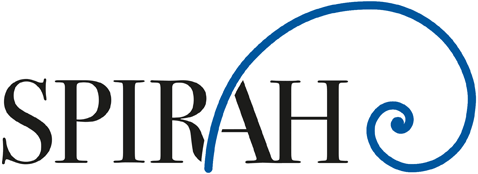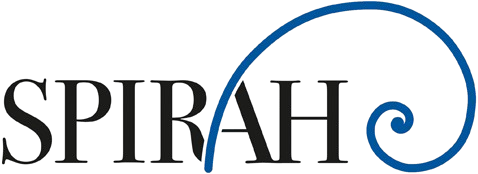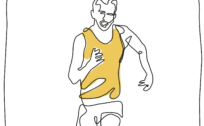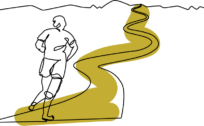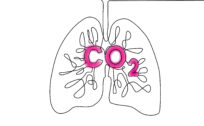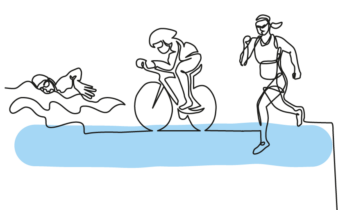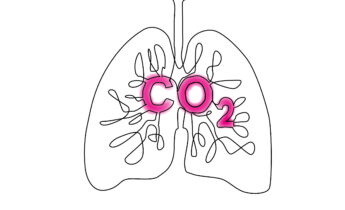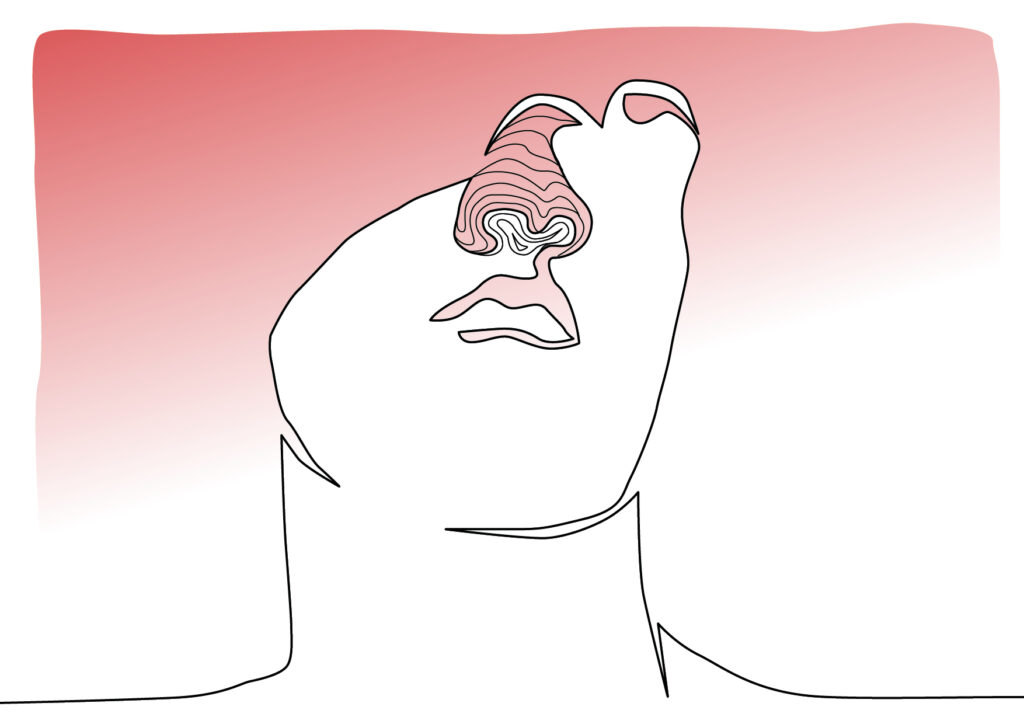
Eine Studie des Weizmann-Instituts untersuchte die Geheimnisse unserer „nasalen Fingerabdrücke“. Stellen Sie sich vor, Ihre Nase könnte mehr über Sie verraten als Ihr Fingerabdruck oder Ihre Stimme. Die im Juli 2025 publizierte Studie zeigt, dass jeder Mensch eine einzigartige „Nasen-Atemsignatur“ besitzt, die nicht nur zur Identifikation dienen kann, sondern auch Hinweise auf Gesundheit, Stimmung und kognitive Fähigkeiten liefert. Atmen –…
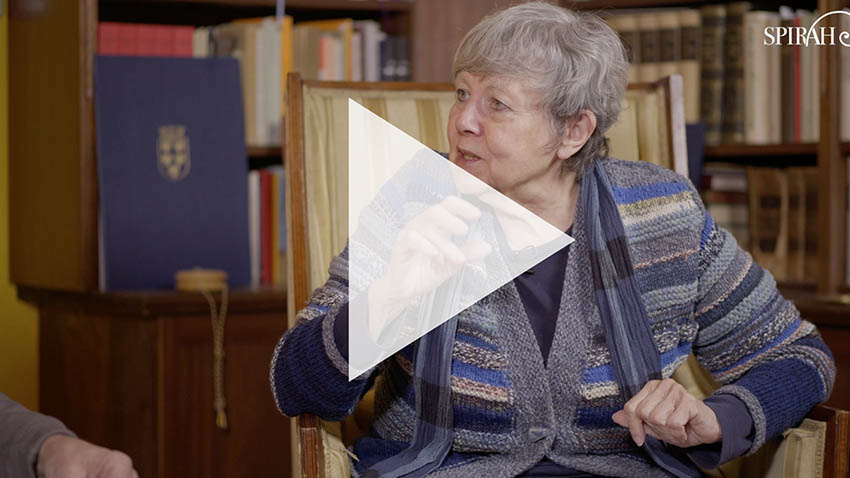
Dr. Rotraud Perner kennt die „Heilkraft des Atmens“. In ihrem 2025 erschienenen Buch „Mach dir Luft“ setzt sie sich – in Zusammenarbeit mit ihrem Sohn Roman Perner – intensiv mit dem Thema Atmung auseinander und geht der vielfältigen sowie tiefgreifenden Bedeutung des Atmens für den Menschen auf den Grund. Achtsamkeit und ein „langer Atem“ sind für Rotraud Perner die wichtigsten…
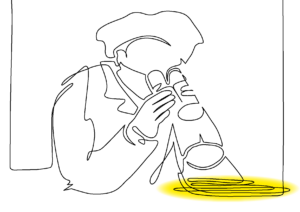
Um unsere Atmung zu verstehen, lohnt sich ein Blick in die kleinsten Bausteine des Körpers – unsere Zellen, bzw. noch tiefer in unsere Mitochondrien. Denn die tatsächliche Atmung – also das Luftholen und die Zellatmung – sind zwei miteinander verbundene, aber unterschiedliche Prozesse. Beide zusammen sind für die Versorgung unseres Körpers mit lebensnotwendiger Energie entscheidend. So wird geatmet Die tatsächliche…
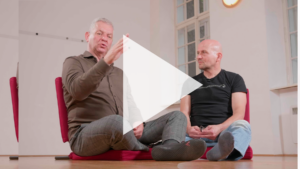
Die Atmung als Werkzeug in Therapie und Coaching Der Sportwissenschaftler, Coach, Therapeut, Trainer, Lehrer Rolf Krizian über die Atmung als Werkzeug in dem von ihm mitentwickelten neurosystemischen Konzept.Über den Zusammenhang der Atmung mit der inneren Haltung und der Beobachterinstanz von Coach oder Therapeuten. Rolf KrizianMail: info@mind-art.teamwww.mind-art.team/news-blog the green field – Systemische Beratung & Coaching Mang Amon OGMail: office@green-field.atwww.green-field.at Alexander JonasSystemischer…
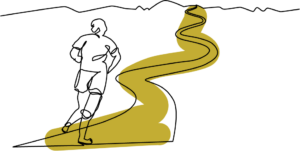
Beim Laufen schnell außer Atem? Nicht mit der richtigen Atemtechnik der Tarahumara. Back to the Roots: Laufen war eine der wichtigsten Jagdmethoden indigener Kulturen. Und wir können uns viel davon abschauen. Indigene Stämme wie die Tarahumara in Mexiko oder einige Völker im Amazonasgebiet haben eine besonders imponierende Jagdmethode: Sie folgen den gejagten Tieren so lange, bis diese vor Erschöpfung zusammenbrechen.…

Dr. Wolfgang Fellner weiß Bescheid über die Steuermechanismen unserer Atmung und die Faktoren, die unser Atemverhalten beeinflussen. Basierend auf seinem Studium in Amerika an der „Professional School of Behavioral Health Sciences“ und jahrelanger Erfahrung in Forschung und Praxis, beeindruckt Wolfgang Fellner mit fundiertem Wissen über Atemphysiologie, Verhaltensanalyse und Dysfunktionen unserer Atmung. Aus seiner Sicht gilt es den biochemischen Aspekt der…

Luftverschmutzung durch fossile Brennstoffe, Treibhauseffekt und einige andere Grauslichkeiten mehr. Kohlendioxid (CO2) hat in unseren Zeiten jedenfalls nicht ganz zu Unrecht keinen guten Ruf. Ganz anders schaut die Sache aber aus, wenn man unsere Atmung als Werkzeug für Gesundheit, Achtsamkeit und Wohlbefinden nützt, dann nämlich muss man dem CO2 ohne Zweifel höchste Wertschätzung zukommen lassen. Der Bohr-Effekt Der erste der…

Was haben Stickstoffmonoxid, Dynamit und die Atmung gemeinsam? 1992 wurde Stickstoffmonoxid (NO) vom Wissenschaftsmagazin „Science“ zum Molekül des Jahres ernannt. Folglich erhielten Robert F. Furchgott, Louis J. Ignarro und Ferid Murad sechs Jahre später für ihre Entdeckungen rund um dieses bereits berühmte Molekül den Nobelpreis für Medizin. Im Jahre 1998 wurden die Arbeiten der drei amerikanischen Wissenschaftler über „Stickstoffmonoxid als…

Die Atemfrequenz, also die Anzahl der Atemzüge pro Minute, ist kein umfassender aber doch ein zentraler Parameter für die Beurteilung unserer Gesundheit. Unsere Atemzüge liefern nicht nur Aufschlüsse über die Funktion des Atmungssystems, sondern haben darüberhinaus auch Aussagekraft über unseren allgemeinen körperlichen und psychischen Zustand. Während die Atemfrequenz in der Medizin als Frühindikator für Erkrankungen dient, kann eine bewusste Reduktion…
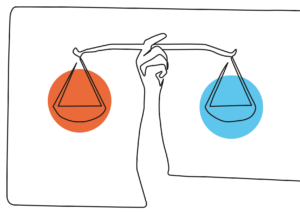
Wie die Atmung den pH-Wert im Körper reguliert. Viele kennen sich aus aber nur wenige wissen Bescheid. Deshalb vorab einiges Grundsätzliches: Entscheidend für den viel zitierten Säure-Basen-Haushalt in unserem Körper ist der pH-Wert. Die Abkürzung pH steht dabei für das lateinische „potentia Hydrogenii“ und bedeutet „Konzentration des Wasserstoffs in einer Lösung“. In dem Fall, der uns interessiert, wird angegeben, wie…
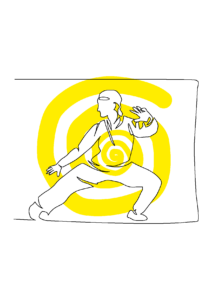
Hara ist japanisch, bedeutet Bauch und gilt als die ultimative Lebensquelle: Für die fernöstliche traditionelle Medizin genauso wie für japanische Kampfkünste. Diese Kraftquelle liegt ein paar Zentimeter unter unserem Bauchnabel und ist für den Japaner das Zentrum jedes Bemühens und jeder Übung. Was man auch tut, Bogenschießen, Tanzen, Blumenstecken, Singen, Teetrinken oder Ringen – es macht keinen Unterschied. Es geht…

11 Weltrekorde stehen auf der Visitkarte von Freitaucher Christian Redl, die meisten davon unter Eis.Wie er zu seinem Traumberuf des Freitauchers oder – wie sich Christian Redl selbst gerne bezeichtet – zum „professionellen Luftanhalter“ gefunden hat, was ihn antreibt und welche Welt sich für ihn durch richtiges Atmen eröffnet hat, erzählt er im Gespräch mit Alexander Jonas. Christian RedlMail: office@christianredl.comwww.christianredl.com…

Gehirn- oder Hirnnebel, wie die deutsche Übersetzung lauten kann, beschreibt einen Zustand eingeschränkter geistiger Leistungsfähigkeit. Einfach gesagt, die Unfähigkeit klar zu denken. Populär geworden ist die Bezeichnung „Brain Fog“ im Zusammenhang von postakuten Infektionssyndromen wie dem Long- oder dem Post-Covid-Syndrom. Die Entstehungsmechanismen sind allerdings unbekannt und können auch bei anderen Krankheiten wie Schilddrüsenunterfunktion oder psychischen Erkrankungen auftreten. Als eigenständige Diagnose…

Physiotherapeut und Osteopath Florian Pichler spricht mit Alexander Jonas über das Behandlungkonzept der Orthopädischen Atemtherapie und den von ihm und seinem Partner Robert Kriz entwickelten Atemmuster Score. Der Atmung wird im Physiotherapiezentrum Mariahilf in Wien besondere Beachtung geschenkt. Konfrontiert mit den Atemmusterstörungen und den Atemdysfunktionen seiner PatientInnen hat der Physiotherapeut und Osteopath Florian Pichler gemeinsam mit seinem Kollegen Robert Kriz…
